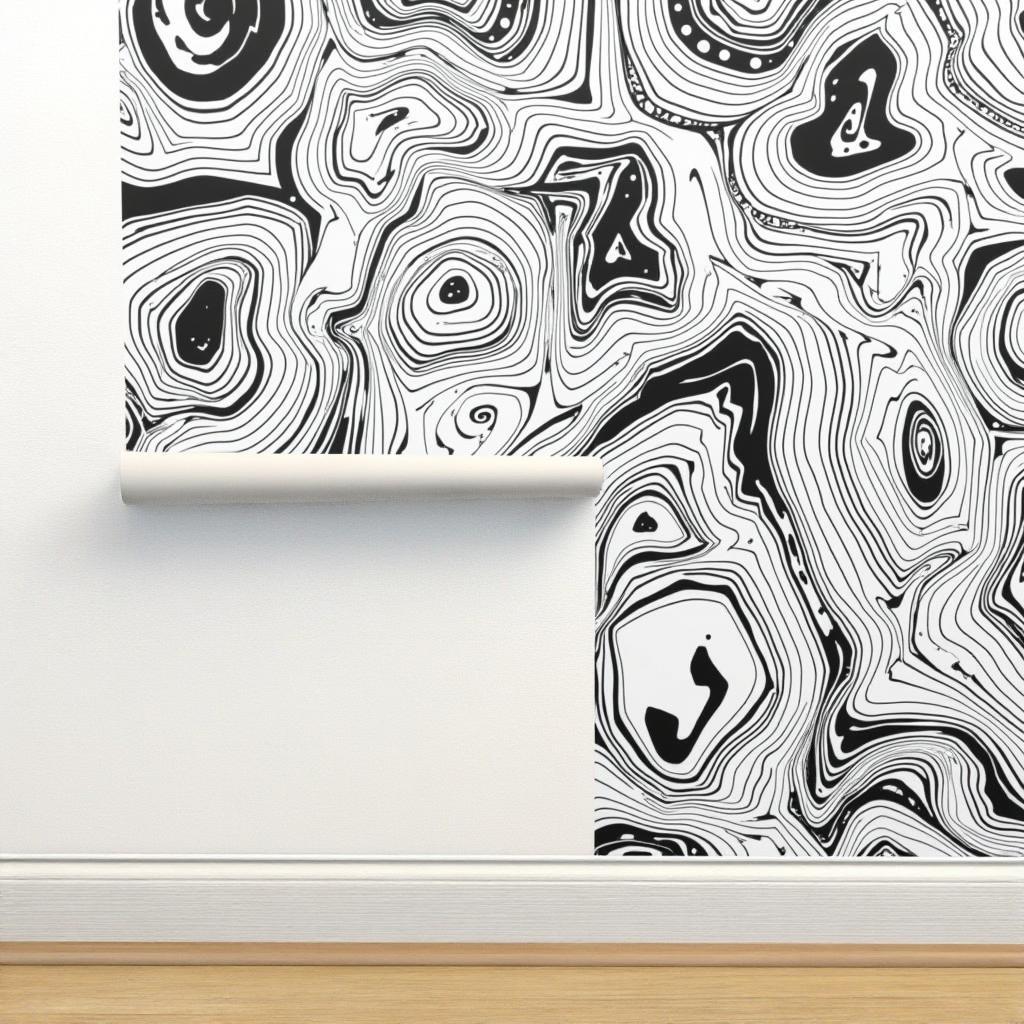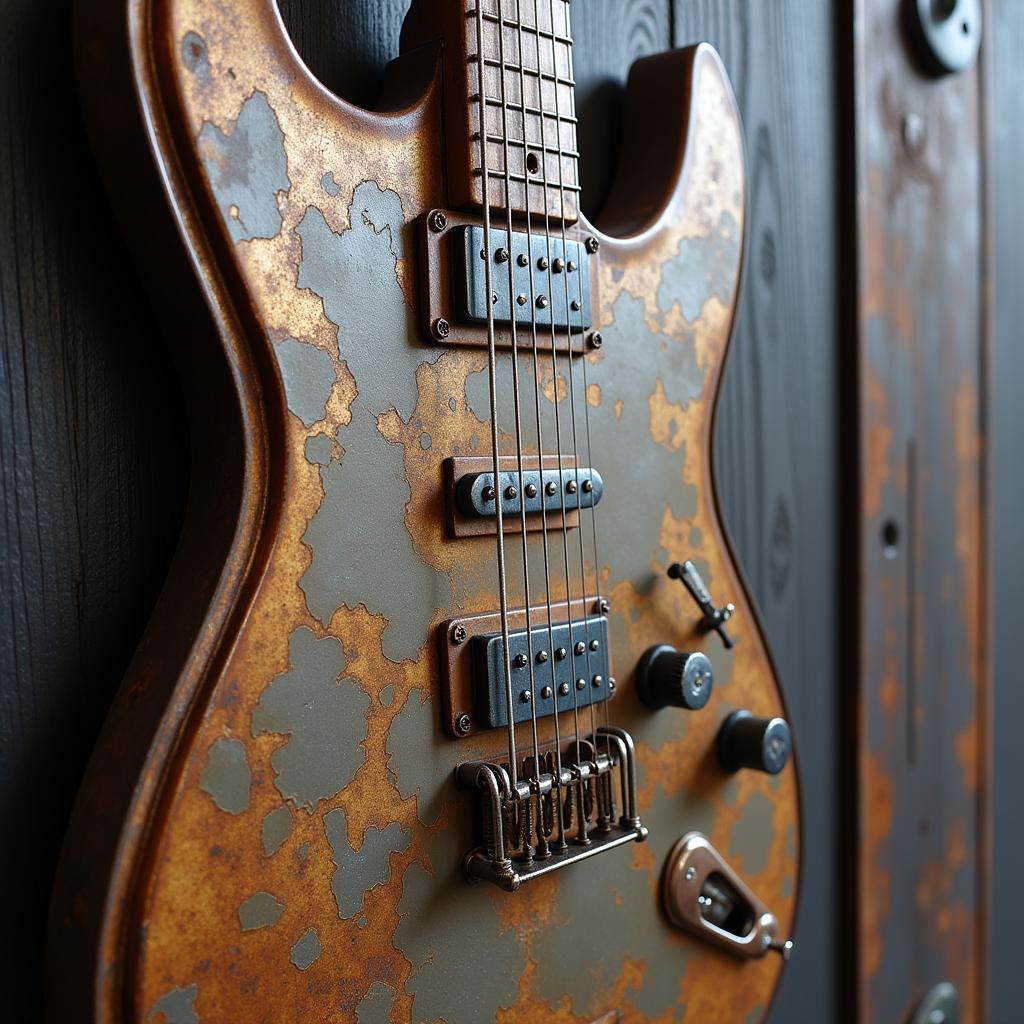The Ultimate Guide to Choosing the Right Paintbrush for Art
A paintbrush is more than just a tool; it’s an extension of the artist’s hand, a conduit for their creative vision. From the delicate strokes of watercolor to the bold textures of oil, the right Paintbrush For Art can make all the difference. This guide explores the vast world of paintbrushes, helping you navigate the various types, materials, and techniques to unlock your full artistic potential.
Choosing the right paintbrush can feel overwhelming with so many options available. This guide simplifies the process by exploring the key factors to consider, from brush shape and material to the specific type of paint you’ll be using. Whether you’re a seasoned artist or just starting your creative journey, understanding your tools is crucial for achieving the desired results.
Understanding Paintbrush Anatomy
Before diving into the specifics, let’s familiarize ourselves with the basic anatomy of a paintbrush. This knowledge will help you understand how each part contributes to the brush’s performance. The three main components are the bristles, the ferrule, and the handle.
Bristles: The Heart of the Brush
The bristles are the most crucial part of the paintbrush, directly impacting how the paint is applied to the canvas. They can be made from natural hair (like sable, hog, or squirrel) or synthetic fibers (like nylon or polyester). Natural hair bristles offer excellent paint holding capacity and create smooth strokes, while synthetic bristles are more durable and versatile.
Ferrule: The Secure Bond
The ferrule is the metal band that holds the bristles to the handle. A well-crafted ferrule ensures that the bristles stay in place, preventing shedding and ensuring a consistent painting experience.
Handle: Comfort and Control
The handle provides grip and control, allowing for precise movements and comfortable extended use. Handles are typically made of wood or plastic, and their length and shape can vary depending on the intended use.
Choosing the Right Paintbrush for Your Medium
Different paints require different brushes. Watercolor brushes are typically made with soft, absorbent bristles to hold the watery pigment, while oil paint brushes are stiffer and designed for thicker paints. Acrylic paints can be used with a variety of brushes, depending on the desired effect.
Watercolor Brushes: Softness and Absorption
Watercolor brushes, often made with squirrel or synthetic sable hair, are known for their soft, absorbent bristles that hold a large amount of water and pigment. This allows for smooth washes and delicate details. Round brushes are ideal for creating fine lines and details, while flat brushes are perfect for washes and creating broader strokes.
Oil Paint Brushes: Stiffness and Control
Oil paint brushes are typically made with stiffer bristles, like hog bristle, to handle the thicker consistency of oil paints. These brushes allow for greater control and texture, allowing artists to create impasto effects and bold strokes. Filbert brushes, with their rounded oval shape, are versatile for both blending and detail work in oil painting.
Acrylic Paint Brushes: Versatility and Durability
Acrylic paints can be used with a range of brushes, from soft synthetic brushes for washes to stiffer bristle brushes for impasto techniques. Synthetic brushes are often preferred for acrylics due to their durability and resistance to the harsh chemicals found in some acrylic mediums. If you’re starting with footprint art with your infant, choose a soft brush that won’t irritate their skin. Similarly, for children’s fine art photography sessions, having appropriate brushes for touch-ups can be invaluable.
Brush Shapes and Their Uses
The shape of a paintbrush drastically affects the strokes it can create. From fine lines to broad washes, understanding the different brush shapes is essential for achieving specific effects.
Round Brushes: Detail and Precision
Round brushes are versatile for creating fine lines, details, and controlled washes. They are a staple in any artist’s toolkit.
Flat Brushes: Washes and Bold Strokes
Flat brushes are ideal for creating broad strokes, washes, and sharp edges. They are particularly useful for blocking in large areas of color.
Fan Brushes: Blending and Texturing
Fan brushes are unique for their fanned-out bristles, perfect for blending, creating textures, and adding special effects.
Filbert Brushes: Versatile Blending
Filbert brushes, with their rounded oval shape, are versatile for blending, creating soft edges, and adding subtle details.
Caring for Your Paintbrushes
Proper care extends the life of your paintbrushes and ensures they perform at their best. Always clean your brushes thoroughly after each use, using the appropriate cleaner for your paint type. Reshape the bristles and store them upright to maintain their shape. For storing your children’s artistic creations and tools, investing in practical kids art storage solutions can help foster their creativity.
What are the best paintbrushes for beginners?
For beginners, a set of synthetic brushes in various shapes and sizes is a great starting point. Synthetic brushes are affordable, durable, and versatile for different paint types.
What are the most expensive paintbrushes?
High-quality Kolinsky sable brushes are considered some of the most expensive due to the rarity and quality of the sable hair.
How do I choose the right paintbrush size?
The size of your paintbrush depends on the scale of your artwork and the level of detail you’re aiming for. Smaller brushes are for finer details, while larger brushes are for broader strokes and washes.
Conclusion
Choosing the right paintbrush for art is a crucial step in your artistic journey. From the type of bristle and handle to the shape and size, each element contributes to the final outcome. By understanding these factors and practicing proper care, you can unlock the full potential of your paintbrushes and bring your artistic vision to life. Explore the world of paintbrushes, experiment with different types, and discover the perfect tools to express your creativity. Maybe try out these penguin arts and crafts with your preschooler using different types of paintbrushes. Or perhaps explore some fun strawberry art activities for preschoolers to get them started.
FAQ
- What are the different types of paintbrush bristles?
- How do I clean my paintbrushes?
- What brush shapes are best for beginners?
- What is the difference between natural and synthetic bristles?
- How do I store my paintbrushes properly?
- How do I choose the right paintbrush size for my project?
- What are the best paintbrushes for acrylic painting?
Call us at 02462573573 or email us at danteum@gmail.com. You can also visit our store at Savico Megamall, 7-9 Đ. Nguyễn Văn Linh, Gia Thụy, Long Biên, Hà Nội 10000, Việt Nam. Our customer service team is available 24/7.


